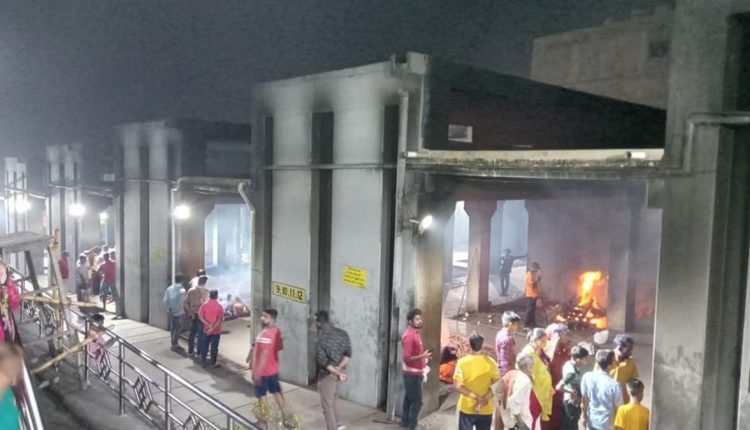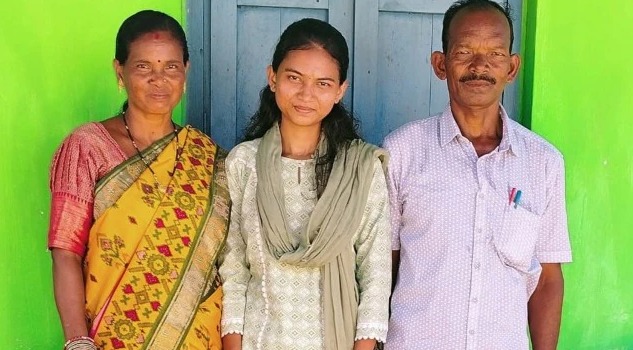The Odisha government is considering the use of cow dung cakes as a substitute for firewood in cremations at Swargadwar, Puri, marking a shift towards sustainable and eco-friendly practices. Fisheries and Animal Resources Development Minister Gokula Nanda Mallik shared that the initiative aligns with Hindu religious customs, promoting both environmental sustainability and spiritual significance, as it is believed to facilitate ‘moksha’ (salvation).
Mallik mentioned that the government will consult with Swargadwar’s current management to devise a comprehensive blueprint for the project. A high-level committee, headed by the Deputy Chief Minister, will also be formed, including five ministers and five secretaries, to explore additional ways to utilize cow dung and cow urine, supporting cow protection, cattle shelter expansion, and dairy production under the Kamadhenu Scheme.
Several Indian states, including Uttar Pradesh, Gujarat, Madhya Pradesh, Rajasthan, Delhi, and Bihar, are already using cow dung logs and pellets as biofuel in cremations. The Pune Municipal Corporation implemented the use of cow dung cakes in its 26 crematoriums earlier this year to reduce wood consumption. This green initiative aims to reduce environmental impact by lowering the reliance on firewood, thereby promoting a sustainable cremation model.
The government’s plan not only focuses on environmental conservation but also aligns with efforts to boost the rural economy, promote cattle care, and expand dairy production through innovative uses of cow-based bio-resources.
The Odisha government is considering the use of cow dung cakes as a substitute for firewood in cremations at Swargadwar, Puri, marking a shift towards sustainable and eco-friendly practices. Fisheries and Animal Resources Development Minister Gokula Nanda Mallik shared that the initiative aligns with Hindu religious customs, promoting both environmental sustainability and spiritual significance, as it is believed to facilitate ‘moksha’ (salvation).
Mallik mentioned that the government will consult with Swargadwar’s current management to devise a comprehensive blueprint for the project. A high-level committee, headed by the Deputy Chief Minister, will also be formed, including five ministers and five secretaries, to explore additional ways to utilize cow dung and cow urine, supporting cow protection, cattle shelter expansion, and dairy production under the Kamadhenu Scheme.
Several Indian states, including Uttar Pradesh, Gujarat, Madhya Pradesh, Rajasthan, Delhi, and Bihar, are already using cow dung logs and pellets as biofuel in cremations. The Pune Municipal Corporation implemented the use of cow dung cakes in its 26 crematoriums earlier this year to reduce wood consumption. This green initiative aims to reduce environmental impact by lowering the reliance on firewood, thereby promoting a sustainable cremation model.
The government’s plan not only focuses on environmental conservation but also aligns with efforts to boost the rural economy, promote cattle care, and expand dairy production through innovative uses of cow-based bio-resources.







